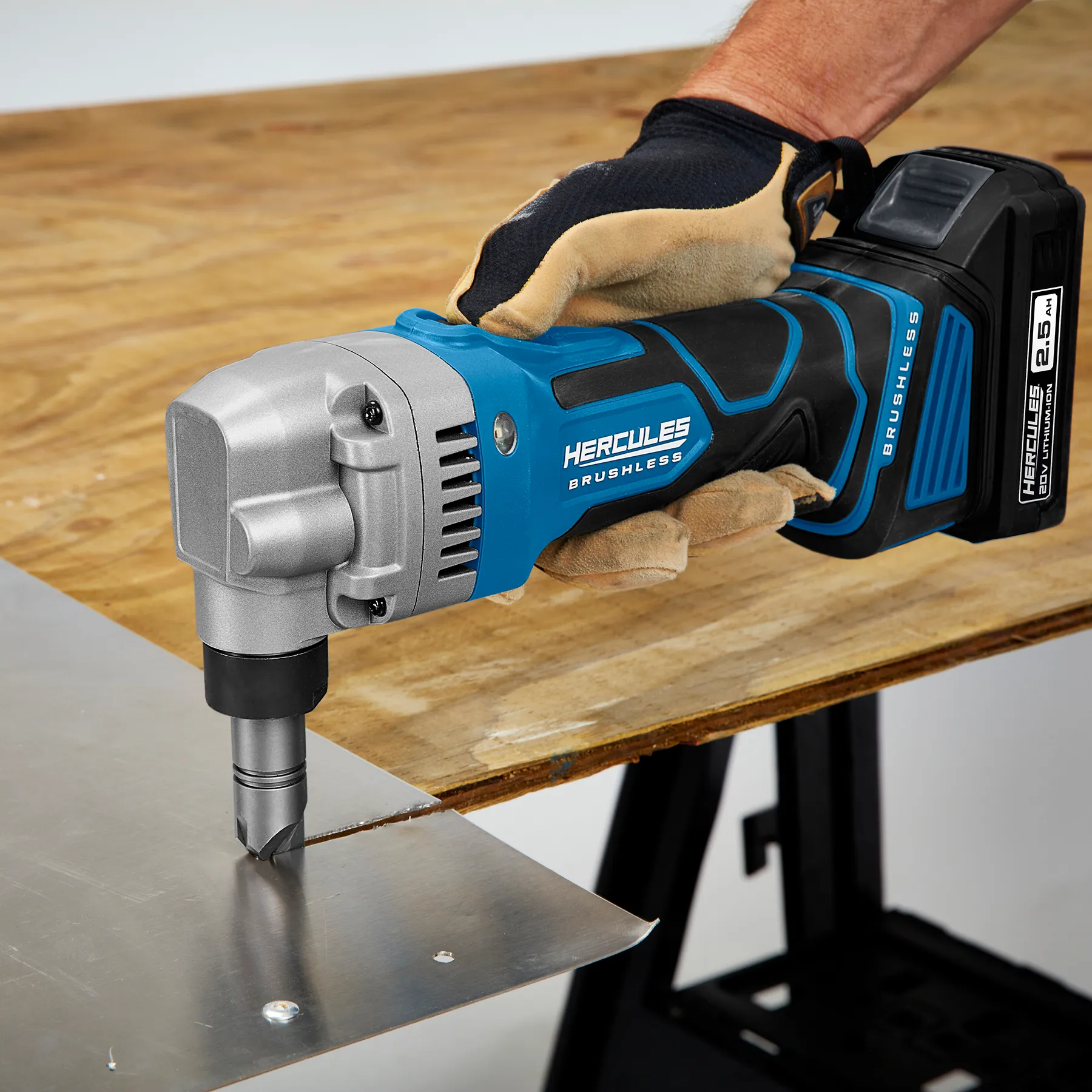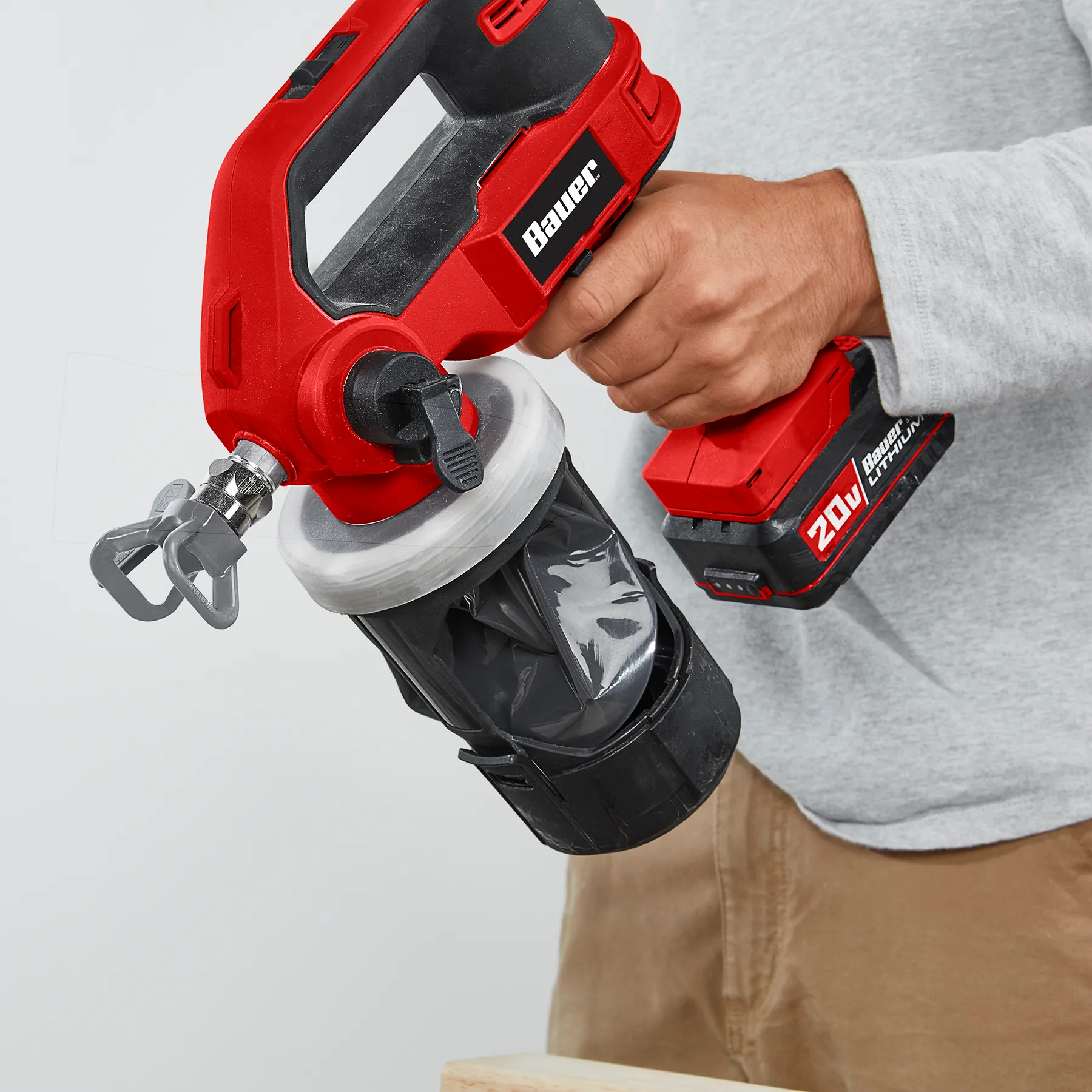Who makes Harbor Freight tools is a question that many DIYers, mechanics, and bargain hunters ask. These tools are known for their low prices, bold red packaging, and widespread availability in over 1,000 stores across the U.S. Yet, despite their popularity, the origins of Harbor Freight tools remain unclear to most customers.
Moreover, Harbor Freight Tools is not a manufacturer itself. It is a retail company that sources products from a global network of factories. Most of these facilities are located in China, Taiwan, South Korea, and India. The brand works with third-party suppliers to design, produce, and deliver tools under its own name.
In addition, some items are rebranded versions of well-known brands. Others are built to Harbor Freight’s specifications. This allows the company to maintain consistent quality while keeping costs low.
Furthermore, the company has increased transparency in recent years. Many tool descriptions now list country-of-origin details. Customers can often find “Made in China” or “Assembled in USA” labels on packaging.
Consequently, understanding who makes Harbor Freight tools helps buyers make informed decisions. It separates myth from reality.
Also, the company invests in testing and safety standards. Every product undergoes evaluation before hitting shelves.
Thus, knowing who makes Harbor Freight tools reveals a complex supply chain focused on value, accessibility, and function.
 How Harbor Freight Sources and Develops Its Tools
How Harbor Freight Sources and Develops Its Tools
Harbor Freight does not manufacture tools in-house. Instead, it partners with independent factories worldwide. These suppliers build tools based on Harbor Freight’s design requirements.
The sourcing process starts with product planning. Harbor Freight’s internal team identifies gaps in the market. They look for affordable versions of high-end tools.
Next, they collaborate with engineers and factory partners. Designs are refined for durability and cost-efficiency. Prototypes go through rigorous testing.
Once approved, production begins overseas. Most manufacturing happens in China. Some components come from Vietnam, India, or Eastern Europe.
Quality control teams inspect batches before shipment. They check for defects, material strength, and performance.
After arrival in the U.S., tools go to distribution centers. From there, they ship to retail locations or online customers.
Harbor Freight also uses customer feedback to improve products. Popular tools get upgrades. Poor performers are redesigned or discontinued.
This model keeps prices low. It avoids the overhead of owning factories.
Therefore, the answer to who makes Harbor Freight tools lies in this global partnership system.
It’s not one company—it’s many working under one brand vision.
Are Harbor Freight Tools Made in the USA?
Many people wonder if Harbor Freight tools are made in the USA. The short answer is: very few are. Most are manufactured overseas, primarily in Asia.
However, some products are assembled in the United States. For example, certain air compressors and tool chests are built in South Carolina. This allows Harbor Freight to label them as “Assembled in USA.”
Also, the company owns a small fabrication facility in California. It produces specialty welding accessories and custom parts.
But the vast majority of hand tools, power tools, and automotive gear come from foreign suppliers. This includes wrenches, sockets, drills, and impact guns.
Despite this, Harbor Freight supports American jobs. It operates over 1,000 stores nationwide. Thousands of employees work in logistics, sales, and service.
Additionally, the company sources raw materials when possible. Some steel used in tool chests comes from U.S. mills.
“Made in USA” claims are regulated by the FTC. To qualify, a product must be “all or virtually all” made domestically. Very few Harbor Freight items meet this standard.
Still, the brand promotes domestic assembly where feasible.
Understanding who makes Harbor Freight tools clarifies the balance between global production and American presence.
 Quality Control and Testing at Harbor Freight
Quality Control and Testing at Harbor Freight
Harbor Freight takes quality control seriously, even though its tools are budget-friendly. Every product goes through a multi-step testing process before sale.
First, engineering teams evaluate prototypes. They test torque, durability, heat resistance, and electrical safety. Tools must meet or exceed industry standards.
Next, factory audits ensure compliance. Inspectors visit supplier sites to verify working conditions and production methods.
During mass production, random samples are pulled from batches. These undergo stress tests. For example, impact drivers are run continuously. Wrenches are twisted until failure.
Tools must pass safety certifications. Many carry ETL or UL marks. These indicate compliance with North American electrical and mechanical standards.
Customer feedback also shapes improvements. If users report failures, Harbor Freight investigates. Design changes follow if needed.
Some tools come with warranties. The lifetime guarantee on certain hand tools builds trust. Claims are honored with replacements or refunds.
Moreover, the company runs its own lab in California. Engineers simulate real-world use. They track wear patterns and material fatigue.
This focus on testing ensures that even low-cost tools perform reliably.
Therefore, knowing who makes Harbor Freight tools includes recognizing the oversight behind them.
It’s not just about price—it’s about responsible sourcing and accountability.
Popular Harbor Freight Brands and Their Manufacturers
Harbor Freight sells tools under multiple in-house brands. Each targets a different user level. Understanding who makes Harbor Freight tools means looking at these sub-brands.
Central Machinery – This line includes woodworking and metalworking equipment. Machines like drill presses and lathes fall under this brand. Most are built in Chinese factories to Harbor Freight’s specs.
Performance Tool – A staple for auto shops, this brand offers sockets, wrenches, and ratchets. These are made in China and Taiwan. Some designs mimic Snap-on or Mac tools.
Pittsburgh – Known for tool storage and air tools, Pittsburgh products are durable. Chests are assembled in the U.S. Pneumatic tools come from Asian manufacturers.
Iron Works – Focuses on hammers, pry bars, and striking tools. Made from forged steel in Asia. Built for heavy-duty use.
General Purpose – Entry-level tools for casual users. Often single-use or light task items. Lowest price point. Made in various Asian countries.
CRAFTSMAN® (licensed) – Starting in 2021, Harbor Freight began selling licensed CRAFTSMAN tools. These are distinct from Sears-era models. They are produced by third-party makers under agreement.
Each brand serves a purpose.
By diversifying, Harbor Freight meets different needs.
Thus, who makes Harbor Freight tools depends on the brand and category.
The common thread is strict oversight and cost-effective production.
 Comparing Harbor Freight Tools to Name-Brand Counterparts
Comparing Harbor Freight Tools to Name-Brand Counterparts
Customers often compare Harbor Freight tools to premium brands like DeWalt, Milwaukee, or Snap-on. While differences exist, many Harbor Freight tools perform surprisingly well.
For occasional use, Harbor Freight tools are excellent. A homeowner changing oil or building a deck won’t need industrial-grade gear.
Even professionals use them for non-critical tasks. Mechanics keep Harbor Freight impact drivers for removal jobs. Electricians use their wire strippers for basic prep.
Durability varies. High-use environments may wear out cheaper tools faster. But for weekend warriors, lifespan is sufficient.
Performance is often close. A 40HarborFreightanglegrindercanmatcha90 DeWalt in cut speed. Same disc, same motor size.
Where differences appear is in ergonomics, weight, and long-term reliability. Premium tools feel better in hand. Bearings last longer.
However, Harbor Freight offers lifetime warranties on select items. This reduces risk.
Also, battery-powered tools now compete better. Their 20V MAX line works with many accessories.
Price remains the biggest advantage. You can buy five Harbor Freight ratchets for the cost of one top-tier model.
Therefore, the comparison isn’t about which is best. It’s about matching tool to task.
Knowing who makes Harbor Freight tools helps users judge value versus longevity.
The Role of Customer Feedback in Improving Harbor Freight Products
Customer feedback plays a big role in shaping Harbor Freight tools. Unlike some retailers, Harbor Freight actively listens to its users.
Product reviews on its website are public. Both positive and negative comments appear. This transparency builds trust.
If multiple users report a flaw, the company responds. For example, early versions of the MIG welder had cooling issues. Later models added improved fans.
Also, forums like Reddit and YouTube host thousands of tool reviews. Harbor Freight monitors these platforms. Engineers sometimes reply directly.
Users suggest new features. One popular request was LED lights on socket sets. The company added them in newer kits.
Lifetime warranty claims provide data. Frequent returns signal design problems. These lead to supplier changes or redesigns.
Moreover, the “Claim This Tool” program encourages honest reporting. Users submit failed tools. In return, they get replacements and sometimes cash.
This loop of feedback and improvement shows responsibility.
It proves that who makes Harbor Freight tools matters less than how they respond to real-world use.
Continuous refinement turns budget tools into reliable options.
 Sustainability and Ethical Practices in Harbor Freight’s Supply Chain
Sustainability and Ethical Practices in Harbor Freight’s Supply Chain
Sustainability and ethics are growing concerns in manufacturing. So, who makes Harbor Freight tools—and how?
The company does not publicly disclose all factory names. However, it states that suppliers must follow labor and environmental guidelines.
Audits check for fair wages, safe conditions, and no child labor. Violations can end contracts.
Materials are another focus. Steel, plastic, and rubber are sourced responsibly when possible. Packaging uses recyclable materials.
Battery-powered tools now include lithium-ion options. These are more efficient than Ni-Cad. Recycling programs accept old batteries.
While not fully green, Harbor Freight is making progress.
It faces challenges common to global retail. Balancing cost, quality, and ethics is hard.
Yet, transparency is improving. More origin details appear on labels.
Also, U.S. assembly efforts reduce shipping emissions.
Hence, the brand is moving toward more responsible practices.
Knowing who makes Harbor Freight tools includes understanding their evolving standards.
Frequently Asked Questions About Who Makes Harbor Freight Tool
Are Harbor Freight tools made by the same companies as professional brands?
Sometimes. Certain factories produce for multiple brands. Designs differ, but base manufacturing may overlap.
Can I trust Harbor Freight tool for daily professional use?
Some can handle it. Impact drivers, air tools, and welders are used by pros. Check reviews for heavy-duty models.
Why are Harbor Freight tools so cheap?
Lower labor costs, bulk production, and minimal marketing reduce prices. No middlemen also help.
Does Harbor Freight own any factories?
No. It contracts with third-party manufacturers. It does have a small U.S. fabrication shop.
Are Harbor Freight tools safe?
Yes. They meet safety standards. Look for ETL, UL, or CSA marks on electric and power tools.
What happens if a tool breaks?
Many come with lifetime warranties. Return it for repair or replacement. No receipt needed in most cases.
Is Harbor Freight planning to make more tools in America?
They’ve expanded U.S. assembly. Full domestic manufacturing is unlikely due to cost. But localized production may grow.
 Summary: Who Makes Harbor Freight Tools and Why It Matters
Summary: Who Makes Harbor Freight Tools and Why It Matters
Understanding who makes Harbor Freight tools reveals a smart, global operation focused on affordability and access. While not made in the U.S., these tools come from vetted factories that meet performance and safety standards.
From design to delivery, Harbor Freight controls quality through testing, feedback, and continuous improvement.
Whether you’re a DIYer or a pro on a budget, the brand offers real value.
Knowing the truth behind the label helps buyers make confident choices.
Ultimately, who makes Harbor Freight tools is less important than how well they perform.
And for millions of users, the answer is clear—they work.